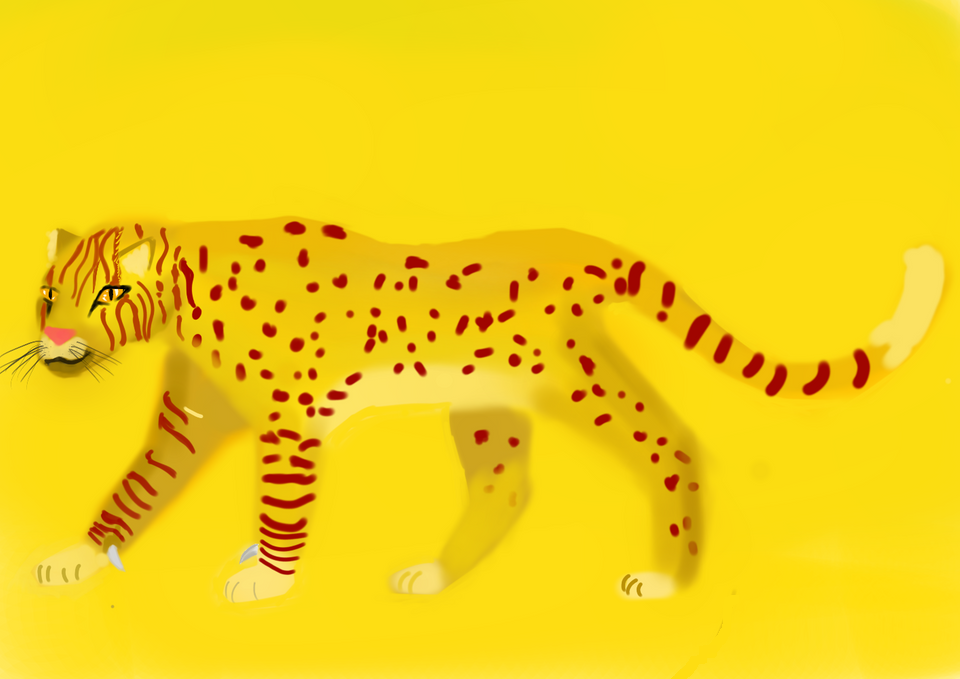Мамонт пишет:
| цитата: |
| Как в этой ветке работать со списком ненарисованных? |
|
Я походу тебя не понял.
Список ненарисованных пусть будет там для художников. Я говорю, чтобы вести список уже предложенных иллюстраций не в той, а в этой ветке, как я делаю в конце.
Мамонт, делаю список последний раз, дальше делай сам, но здесь.
Хочешь дискутировать, продолжаем в личке.
Итак уже двенадцать иллюстраций.
Биолог акула-ежеед из главы 5 "Великие строители рифов"

рыба-присоска из главы 5 "Великие строители рифов"
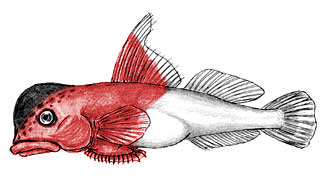
кузовок-крушитель из главы 5 "Великие строители рифов"

непентесовый муравей из Бестиария, раздел Беспозвоночные

парусник вингок (раздел Беспозвоночные в Бестиарии)
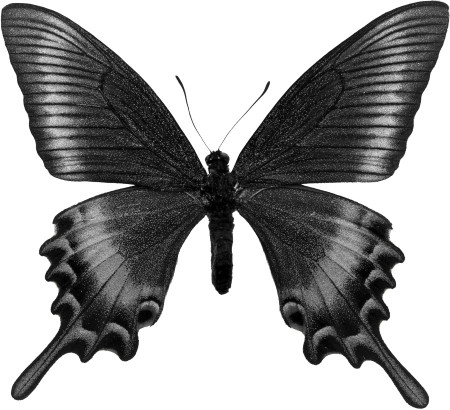
коралловая опунция из Гербария:
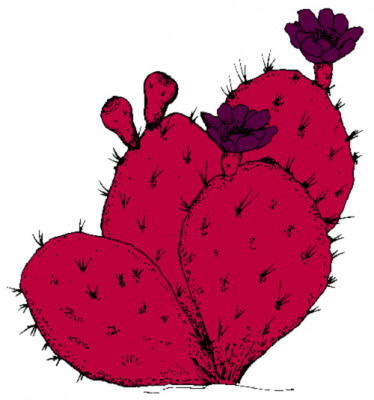
Муравей-рососборщик из главы 94 "Охотники за росой":
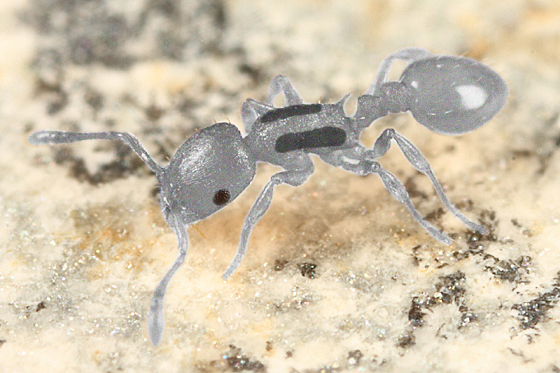
Голая галопунция из главы 94 "Охотники за росой":
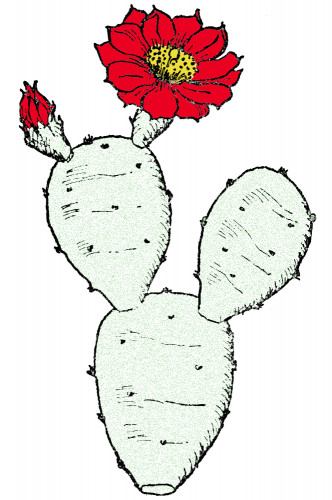
крылоклённик пальчатолистный из Гербария
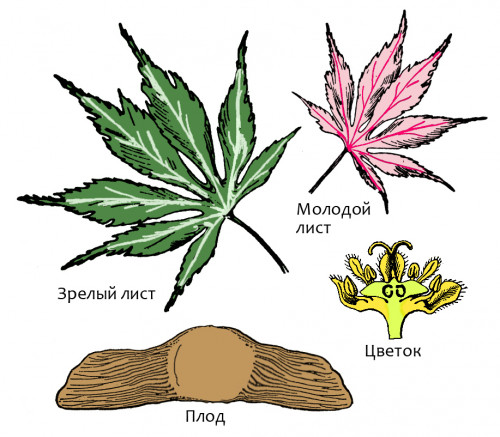
Alex Sone2 Соня-разорительница из главы Orbis subterraneus
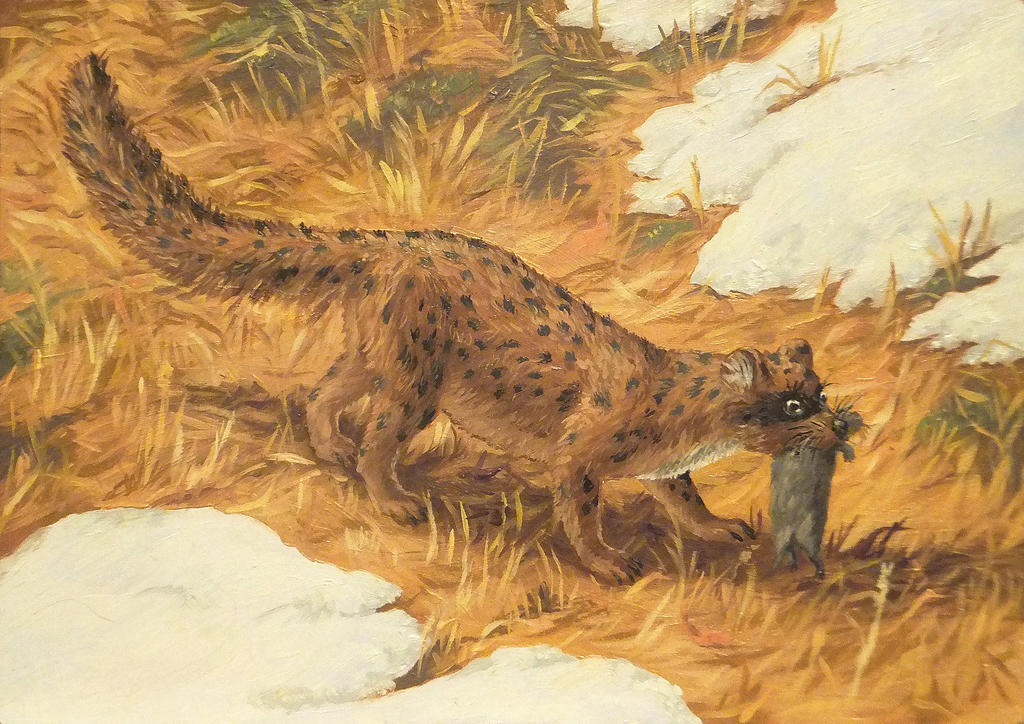
Ruinous dormouse (Raptoglis oviraptor)
Order: Rodents (Rodentia)
Family: Gliridae
Habitat: valleys of the rivers flowing into the Fourseas.
Rodents are among the most successful mammals. Throughout the Cenozoic, they rapidly evolved, occupying a variety of ecological niches. About half of the mammal species in the human era were rodents. After humans, rodents continued to successfully evolve, and in the Neocene they remained as diverse as in the human age.
Ruinous dormouse is a descendant of edible dormouse (Glis glis), and is a close relative of sable dormouse, that habits the trees. This predatory rodent reaches the size of a domestic cat. Fur colouring is camouflage - on a brown background scattered small black spots. There is a black “mask” around the eyes, like a raccoon. The abdomen is lighter, there is a white spot on the throat.
The tail is fluffy and rather long - up to half the total length of the animal. If the predator or the owner of the nest grabs the dormouse by the tail, then the skin will pull off like a glove and the dormouse will calmly run away. However, this “insurance policy” is valid only once, the skin on the tail does not grow back. After a few days, the bare tail dries out and soon disappears, without causing harm to the animal.
Most of the diet consists of eggs of birds and reptiles, chicks and cubs of small animals. Also, the ruinous dormouse eagerly eats large insects.
This species of rodents keeps on the open areas of the steppes, overgrown with high grass, or in the bushes, it never climbs trees, but it spends more time hunting burrow animals. It lives strictly alone, guarding and marking the boundaries of an individual territory.
Usually in the conditions of the warm winters of the Neocene epoch, the dormouse is active all year round, although in winter her activity is limited to a few hours of the day. If winter is especially cold, the rodent hibernates somewhere in a hole or deep hollow.
The mating season starts in March. Males call for females, looking for their tags, and making ringing clicks. After mating, the male leaves the territory of the female, and searches for another female. Pregnancy lasts about three weeks. Cubs are born in a nest, twisted in the bushes. Sometimes the female arranges shelters in the rodent holes (often gopher dogs, the most common steppe rodents), but the nesting chamber is still lined with grass in the manner of a wicker spherical nest.
The female takes care of the offspring for about a month, after which the young growth becomes relatively independent, and goes to the edge of the mother’s territory. Half year old cubs reach the size of an adult beast, but the offspring are brought only in the spring of the next year. For the year, the female has two broods. The life expectancy of the riunous dormouse rarely exceeds 7 years.
This species was discovered by Simon, the forum member.
Пустынная красноножка из главы "Последний вздох моря"
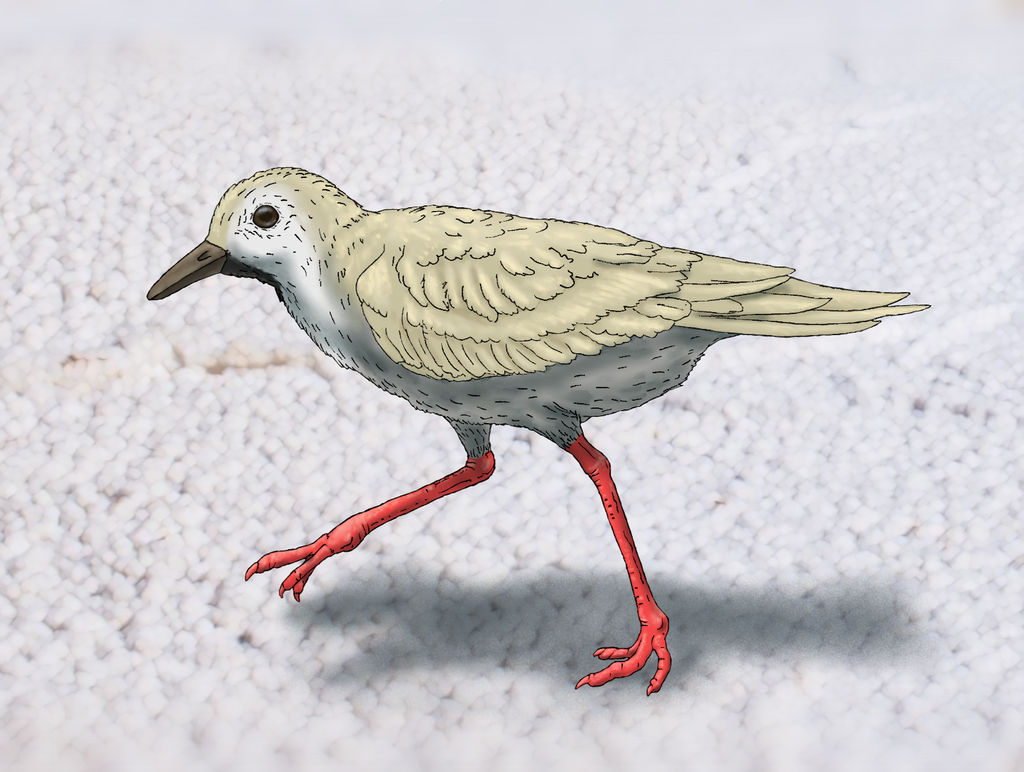
Desert redpede (Paracharadrius rubripes)
Order: Charadriiformes
Family: Snipes (Scolopacidae)
Habitat: Mediterranean basin, shores of salt ponds.
In the process of retreat of the Mediterranean Sea, its avifauna changed significantly. The disappearance of marine animals and changes in the landscape have led to the extinction of most species of seabirds in this region, and the few remaining species live exclusively along the shores of relict lakes, the salinity of which allows aquatic invertebrates to exist. One of the common species of near-water birds of the Mediterranean basin is a small sandpiper, a desert redpede, a descendant of one of the species of plovers (Charadrius) that inhabited the shores of the Mediterranean in human epoch.
It is a small bird from the starling, but it seems larger because of its long legs. The legs of this species have a very bright bright red color, clearly visible against the background of the surrounding dim landscape; thanks to this feature, birds of this species recognize their relatives even from afar.
The body of the desert redpede is painted on top in a grayish-beige color without streaks, the sides of the head and chest are white, the belly is gray. On the throat there is a wide vertical smear of black color, starting under the beak and reaching the upper chest. In case of danger, the deserted redpede prefers to lurk among plants, crouching in the sand, and takes off only at the very last moment. Escaping from the enemy, the bird flies in zigzags, sharply changing the direction of movement, and then hides on the ground.
The beak of the desert redpede is straight, thickened, brown in color. It is well suited for capturing small prey from water or sand, as well as for crushing the shells of crustaceans, insects and mollusks that feed on this species of birds. The main food of the desert redpede are the branchiopods and other small invertebrates that inhabit the coastal zone, as well as insects.
These birds reluctantly fly, preferring to run along the coastline of water bodies. The nesting sites of desert redpede are among the salty marshes and are not easily accessible to terrestial predators. Depending on the conditions and amount of precipitation, these birds undertake significant migrations through the hollow and gather near water bodies, in which favorable conditions for the development of invertebrates, which they feed, remain.
This species nests in the salt marshes surrounding the lakes; the main nesting sites are located on the shores of Lake Otranto. The mating season begins at the end of winter, before the spring rains. A pair is formed for one nesting season. Birds usually have one oviposition per year, but in wet years birds have time to do two ovipositions. The nest is a simple hole in the sand; in laying 2-4 eggs. Both parents incubate them, but more often they just stand over the oviposition, covering it from the hot sun. Incubation lasts 15 days. The chicks immediately leave the nest and follow their parents: they are able to walk and run within an hour after birth. The color of juvenile fluff camouflage is gray with black specks on the head and back, the legs are pink. After 10 days, young birds are covered with juvenile plumage, and at the age of 3 weeks they are able to fly. Their plumage at this time is indistinguishable from an adult, but the legs retain a pink color and turn red only after 5-6 months. Sexual maturity comes at the age of 1 year, life expectancy is up to 5-6 years.
TheAmberBalam с сайта
https://www.reddit.com Равана из главы Отшельники из джунглей
